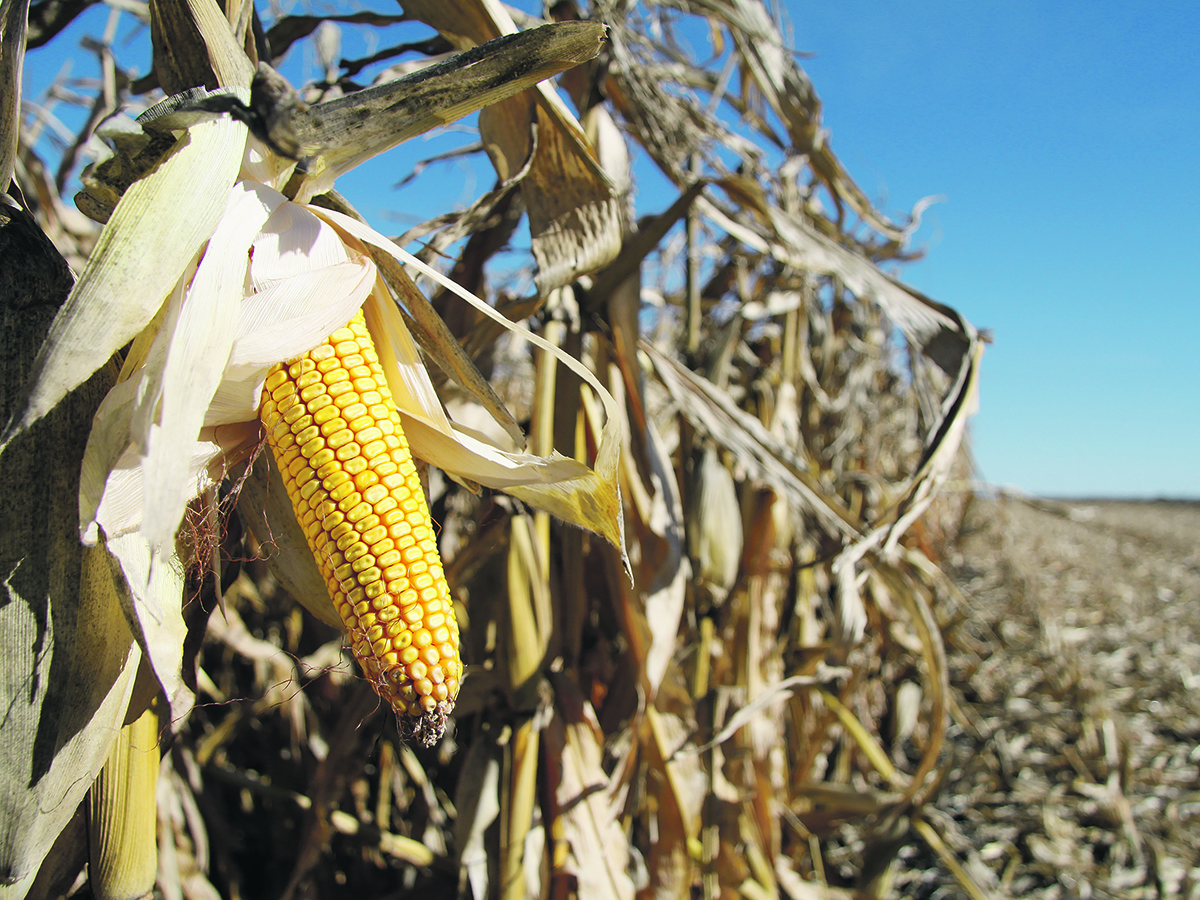Changes in the department’s production estimates for corn were the most dramatic of the three major commodities
The U.S. Department of Agriculture WASDE report released Jan. 10 was bullish for corn and soybeans while wheat was neutral.
Bullish soybean estimates from the USDA will provide support for Canadian canola markets, while the bullish corn numbers should provide support for the entire grains complex.
The report was not positive for wheat with U.S. production and carry-out increasing slightly from last month. The changes in the corn estimates were the most dramatic of the three major commodities.
Read Also

Canada-U.S. trade relationship called complex
Trade issues existed long before U.S. president Donald Trump and his on-again, off-again tariffs came along, said panelists at a policy summit last month.
Corn production dropped by 456 million bushels and ending stocks by 198 million bu. in the January report. Nearby corn futures have rallied by 19 cents per bu. (up 4.2 per cent) since the release last week. Corn prices have been on the rise since harvest lows were established in the third week of August.
Canola should also be supported by bullish U.S. soybean estimates, which indicated that production dropped 95 million bu. to 4.37 billion bu. This production drop resulted in a contraction of 90 million bu. in projected ending stocks.
Support for canola will also come from an increase of 500 million pounds in soybean oil exports, which remain the strongest in eight years.
Nearby soybean oil futures have rallied by nearly six cents per lb., or 15 per cent, in the past week.
The global vegetable oil market is being supported by the tight global palm oil situation. The USDA made no changes to palm oil production, but did increase ending stocks by 129,000 tones.
Wheat estimates for the United States remained unchanged, but spring wheat imports were increased by five million bu.
The department is responding to the strong exports over the past two months from Canadian elevators to U.S. mills.
Seed use in the U.S. was increased due to a two per cent increase in winter wheat area, which also pressured the wheat market. This resulted in an increase in ending stocks of three million bu. from last month.
Wheat stocks were increased by only three million bu. in the recent report.
The world estimates were also changed only slightly by the USDA, but larger production and ending stocks provided a negative tone for futures markets.
Spring wheat futures have moved slightly higher since the release of the report but remain very close to contract lows.
Canola markets have pushed higher by C$19 per tonne over the same period. This pushed canola futures out of the recent trading range and are in the process of moving into the $650-$600 per tonne range.















